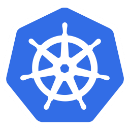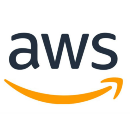Kubernetes: find a directory with a mounted volume in a Pod on its host
18 May 2025We have an AWS Elastic Kubernetes Service with the VictoriaMetrics stack deployed (see VictoriaMetrics: deploying a Kubernetes monitoring stack). I need to migrate the data from the old VMSingle Pod to the new one on the new cluster, and to do this, I need to find VMSingle’s data on an EC2. Note: regarding the migration… Read More »






